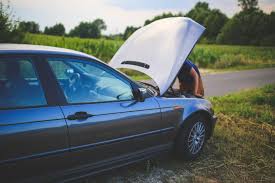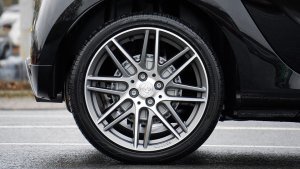Posted on 1/26/2017

Yeah, yeah…your vehicle’s fairly new and you take care of it, and you’ve even got a membership in AAA. That doesn’t mean that your chances of ending up in a tight spot are zero. It’s just common sense to be prepared with a trouble bag in your car. Here’s a pretty good rundown of things you should keep in a car emergency kit:Fully charged cell phone: You may want to consider a cheap prepaid “burner phone” with a long battery life and keep it strictly in the car. If nothing else, at least keep a charged-up power bank on hand.First-aid kit: At a bare minimum, a first-aid kit should include gauze pads and bandage tape, aspirins, antiseptic wipes, scissors, antiseptic cream or ointment, Band-Aids, rubbing alcohol and burn cream.Tools: It doesn’t have to be anything comprehensive; just a good quality Leatherman-type tool and some duct tape can be real, real handy.Fire extinguisher: It’s kind of bulky, but it can ... read more
Posted on 1/12/2017

So your vehicle’s been sitting for a while…you get in it, start the engine and pull out of the driveway when you notice a hard, rough (but very regular) vibration that only gets worse with speed. It doesn’t feel like it’s coming from the driveline or suspension – so what is it?It could be that the tires have developed flat spots.With the weight of the vehicle pressing down on the tires for long periods, a section of the rubber and belts can become softer (or harder) than the rest of the tire. This can be exacerbated by cold weather, or just by parking on a cold concrete floor.Low-profile tires with short sidewalls can be more prone to flat-spotting, as can tires with an H or higher speed rating. In most cases, you can just grit your teeth and drive and the flat spots will work their way out of the tires…but not always. In some severe cases, the flat-spotting is permanent.So, what can you do?There are all sorts of old-wives’-tales about parking ... read more